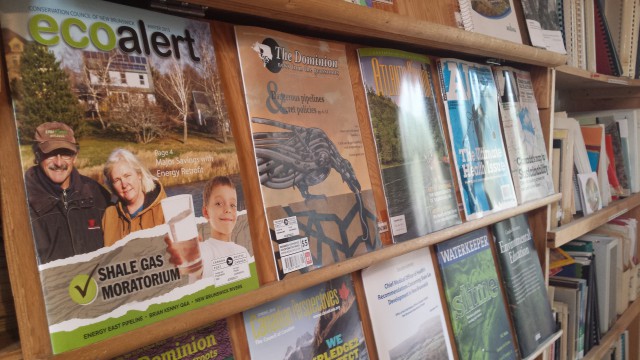About the project
The Energy East Pipeline is a proposal of Alberta-based TransCanada Corp. to pump up to 1.1-million barrels per day of bitumen from the oil sands in Alberta and Saskatchewan to an export terminal Saint John. If built, it would be the largest oil pipeline in North America and would facilitate a 40 per cent expansion of the oil sands in western Canada. This would increase national greenhouse gas emissions by 32 million tonnes — more emissions currently generated by all four of the Atlantic provinces combined.
The project involves the construction of 1,400-kilometres of new pipeline in New Brunswick. This would be the first oil pipeline to span the length of our province, snaking its way from the border at Edmundston, down the St. John River Valley through the farms of Carleton County, crossing Grand Lake cottage country, the fertile plains of Hampton, and ending beside the majestic Bay of Fundy, where tankers will carry the vast majority of product for export to foreign markets.
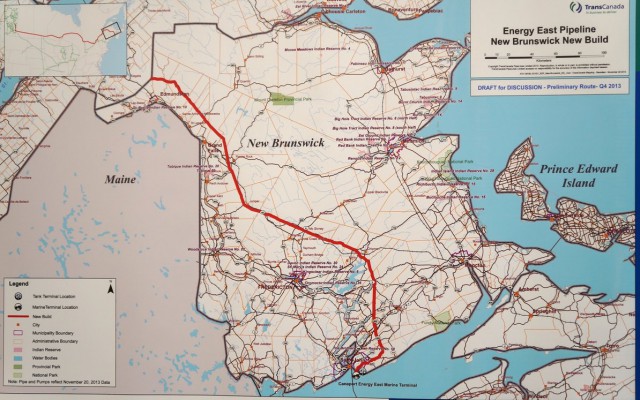
The latest
The $16 billion pipeline proposal was announced on Aug. 1, 2013 and an application was filed with the National Energy Board on Oct. 30, 2014. The National Energy Board is currently reviewing applications for public participation into its hearing, which is expected to take place in 2016. The Conservation Council of New Brunswick has applied to be an intervenor.
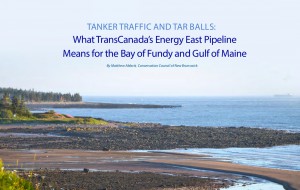 In August 2015, we released a new report raising questions about the impact of the pipeline project on existing jobs and the marine environment of the Bay of Fundy-Gulf of Maine.
In August 2015, we released a new report raising questions about the impact of the pipeline project on existing jobs and the marine environment of the Bay of Fundy-Gulf of Maine.
The Conservation Council’s position
The Conservation Council of New Brunswick believes TransCanada’s Energy East Pipeline presents too many risks to our provincial environment and economy. We believe the risk to the environment and existing jobs in fisheries, tourism, agriculture and forestry outweighs the potential benefits of the pipeline proposal in New Brunswick. The Conservation Council encourages the development of renewable power projects and increased investments in energy efficiency programming as practical ways of creating jobs for New Brunswickers without jeopardizing existing employment or the state of our natural environment.
How we reached our position
Below, we outline our reasons for opposing this risky project given its likely impacts on the health of our environment, communities and people.
Risks to freshwater
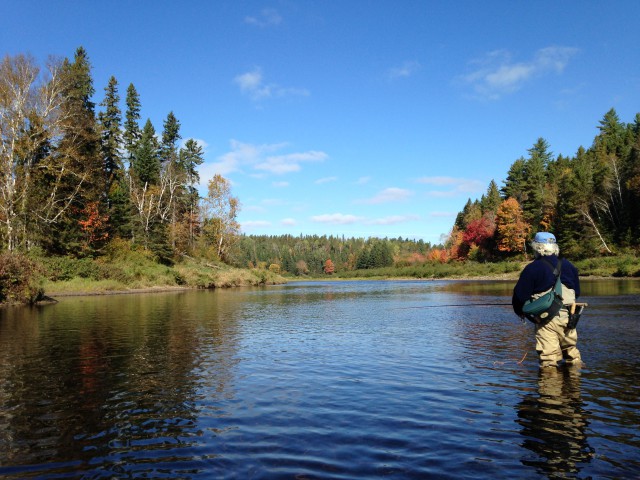
The pipeline route is slated to cross waterways in New Brunswick more than 280 times. Learn more.
Risks to the Bay of Fundy
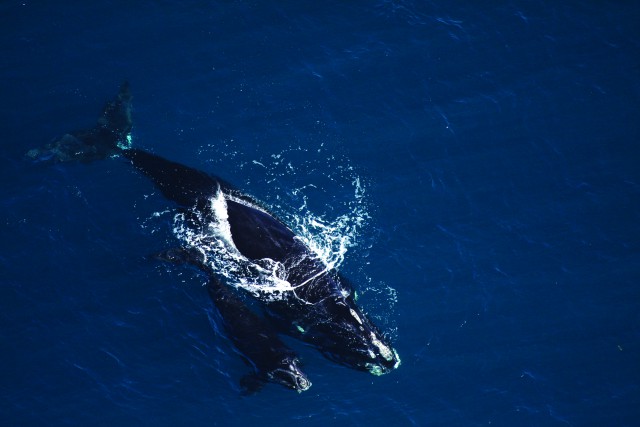
Saint John would be the sole export terminal location for this pipeline, meaning the vast majority of oilsands bitumen flowing through the pipeline will end up on supertankers passing through the Bay of Fundy en route to foreign markets. Learn more.
Risks to landowners
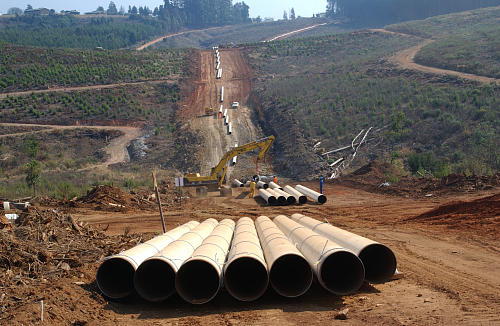
The pipeline will cross hundreds of acres of farm land, woodlots, and private property in New Brunswick, putting livlihoods, property values, and families at risk. Learn more.
A costly cleanup

When dealing with pipelines, spills caused by ruptures or leaks in the line are inevitable. When dealing with a pipeline of the magnitude of TransCanada’s Energy East, spills can be very costly to the environment, human health, and taxpayers. Learn more.
TransCanada Corp.: A weak record on the environment and accountability
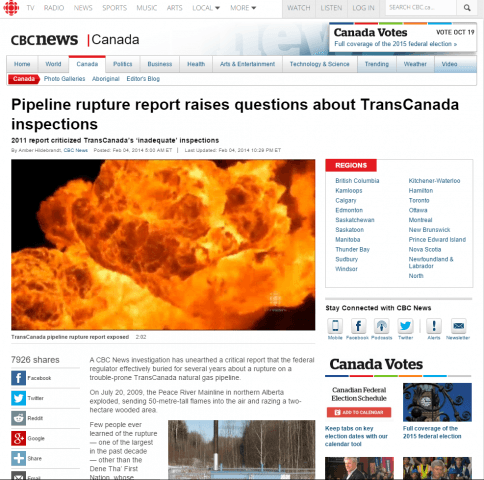
TransCanada Corp. is a North American oil and gas giant whose past pipeline disasters have made national headlines and who have been severely reprimanded by regulators for failing to do proper inspections on their pipelines. Learn more.
Climate change
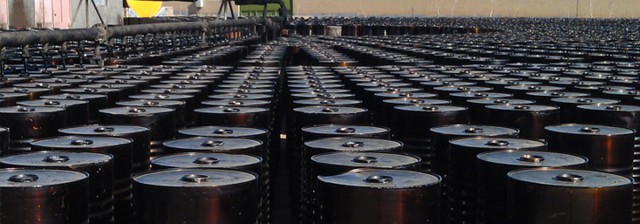
Energy East would cause more greenhouse gas emissions than all four Atlantic provinces combined. Learn more.
Bitumen, diluted bitumen, dilbit — what is it?
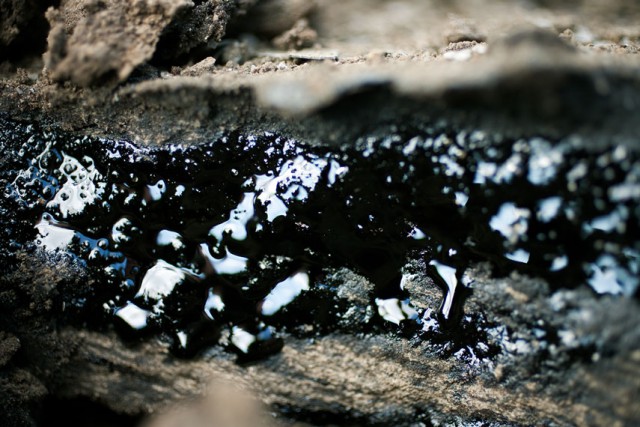
The product that would flow through Energy East is not like conventional crude oil. This is not the stuff you put in your vehicle. Learn more.
The National Energy Board — a ‘captured’ regulator?
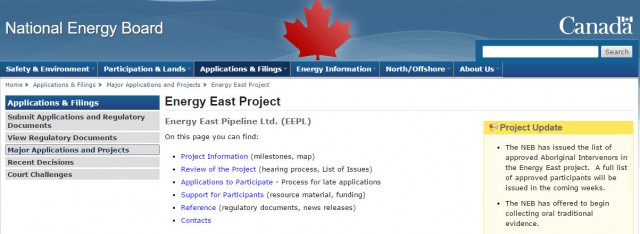
The Calgary-based federal regulator charged with assessing pipeline projects has no expert on the environment, pipeline safety, or spills and recovery. Learn more.
Resource Library
Still hungry for more info? Great. Check out our Energy East resource library for links to reports, news articles, videos and other materials from the Conservation Council and our allies. Learn more.


